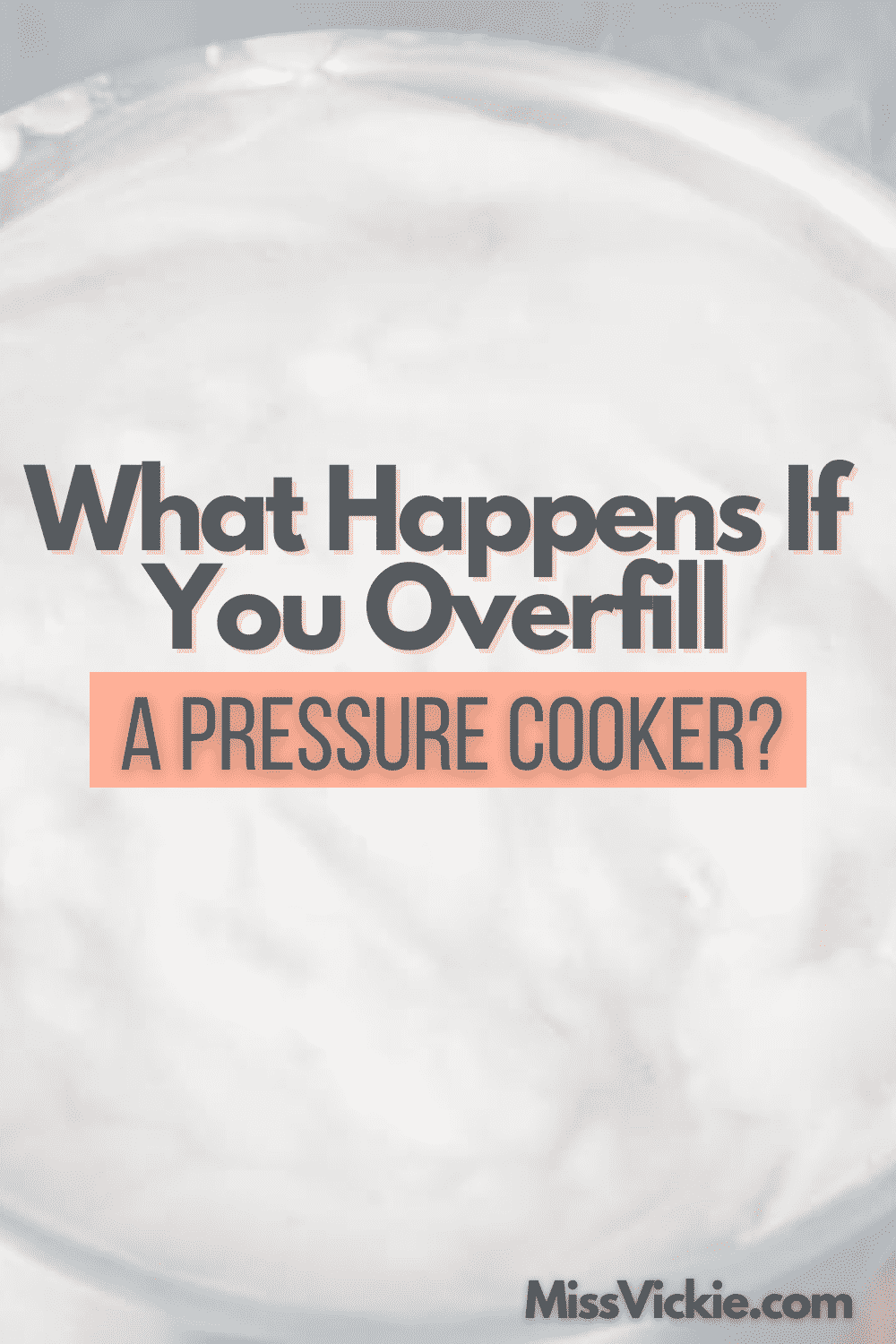
You probably know that you mustn’t overfill your pressure cooker but have you ever wondered what will happen if you do or how full is “too full?”
There is a wide range of different sizes of pressure cookers available, and in general, it is always best to buy a slightly bigger model than your needs. So how do you know what size to buy so that you won’t overfill it when cooking for your family? Use our guide here:
- If you use your pressure cooker for 4 or fewer than 4 people, a 3-quart or 6-quart model will be big enough.
- However, if you have a big family or like to bulk-cook, consider buying an 8-quart size.
- The capacity will be marked on the pot.
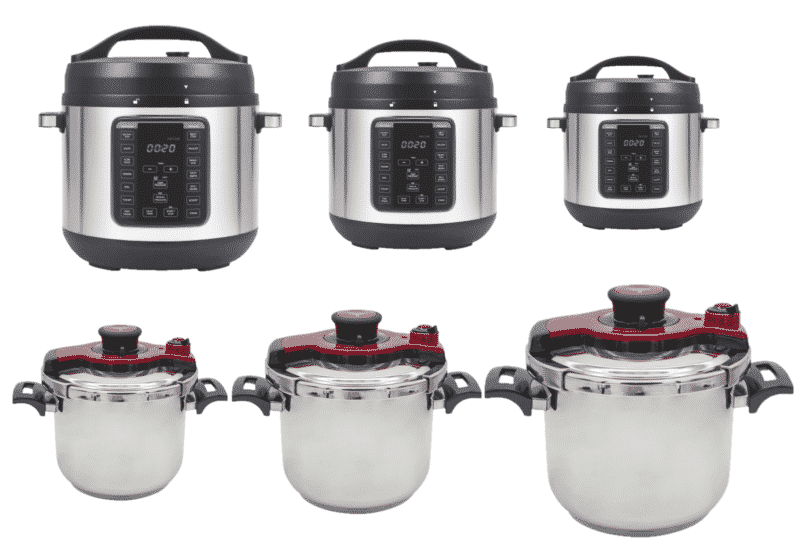
How to not overfill your pressure cooker
The capacity is always marked on the pot and will read low maximum capacity or high maximum capacity. You need to ensure that your food does not exceed the higher level. You will find these marks on the inside of the pot.
What Happens if You Overfill a Pressure Cooker?
Overfilling will adversely affect the food quality and can also pose a safety risk by making too much steam and blocking the pressure valve if the food is piled too high. If you have a lot of food to cook, halve the recipe rather than putting less liquid.
You must still add the liquid for the pressure cooker to be able to build up steam. Pouring too little water to keep the pressure cooker from being overfilled can permanently damaging various components. These include the silicone fittings, the cooker’s metal, and the bakelite.
Cooking with an overfilled pressure cooker interferes with the cooking process. There will be too much steam generated by too much liquid, and the increased pressure will cause your food to become tasteless and mushy.
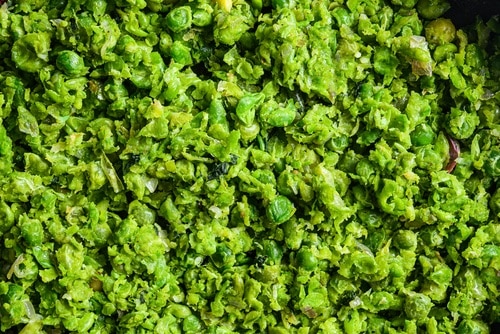
Away from the food quality, overfilling your pressure cooker is dangerous. The pressure becomes increased beyond the safe capacity, and if the food blocks off the pressure valve too, you could have a serious incident on your hands. Potentially, the pressure cooker could explode or cause a dangerous steam incident.
The high-level maximum capacity indicator is a safety feature that you should not ignore. Although your pressure cooker comes with built-in safety features such as the regulator and the valve plus sophisticated release mechanisms, you need to ensure that you are using the pressure cooker correctly for these to work as they should. Overfilling your pressure cooker may prevent these safety features from working correctly, so you could cause a severe accident.
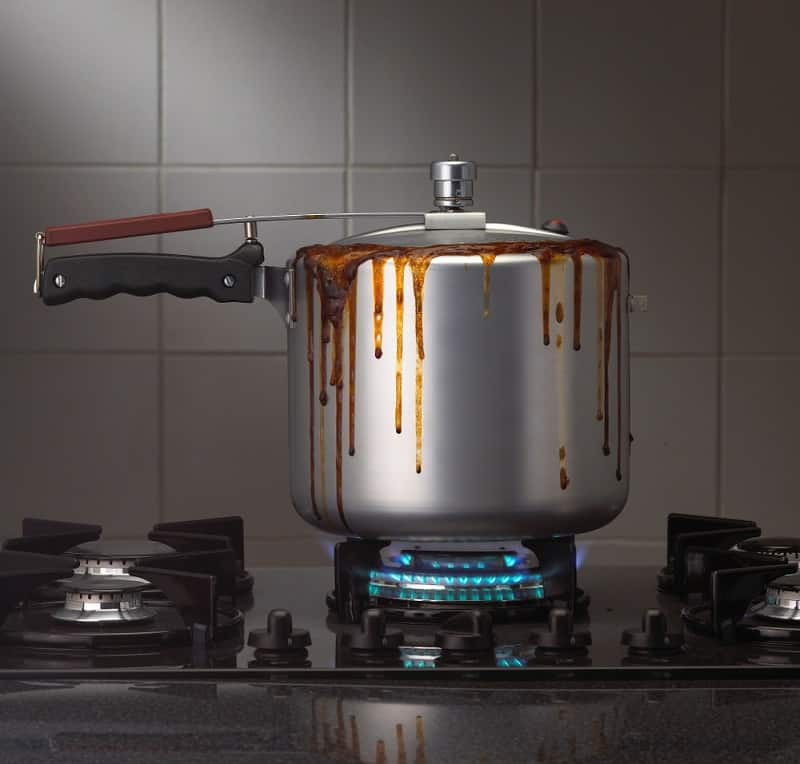
When you are filling your pressure cooker, you need to use the settings. As a rough rule of thumb, you can only fill the pot up to a third full if you are cooking beans as these need additional space to expand in the pot. Rice too takes up increased space during cooking and generates foam as well, thereby increasing its volume.
For other foods containing both solids like meat and vegetables plus liquids, the general rule is to fill up to two-thirds at the most, and this applies to just about everything like stews and casseroles. Foods that are almost entirely liquid like soups should not be put more than half full.
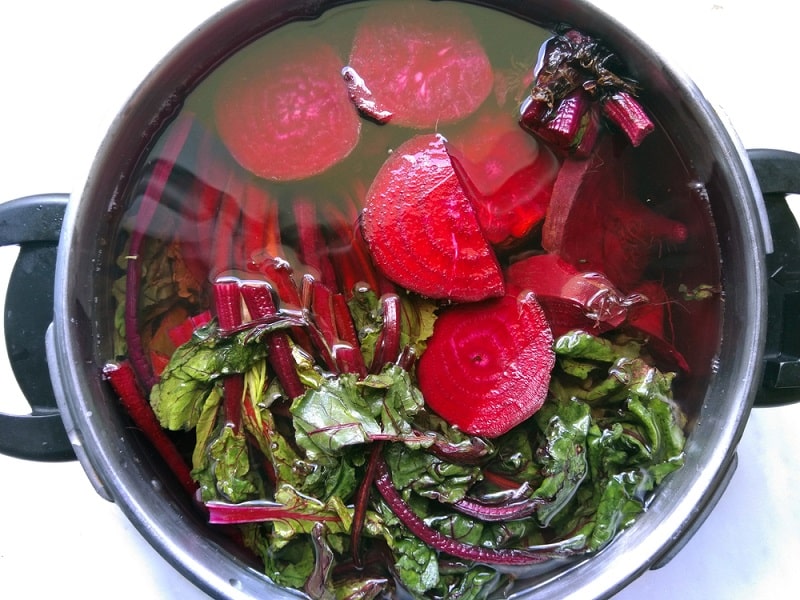
It is easy to become blasé when you have become accustomed to using your pressure cooker, and it is very tempting to overfill when you don’t have enough room for your food. If you feel tempted to do this, please don’t! Pressure cooking is so quick that it is better to halve the recipe and cook it in two batches if necessary. If space is a common issue for you, buy a larger sized pressure cooker.
Quick guide:
- Solids and liquids like stews and casseroles – 2/3 full
- Liquids like soups – ½ full
- Foods that foam and expand like rice and beans – 1/3 full

We hope this post has helped you understand what happens if you overfill your pressure cooker and why you should not do it. If you have any further questions, please use the comment section below.